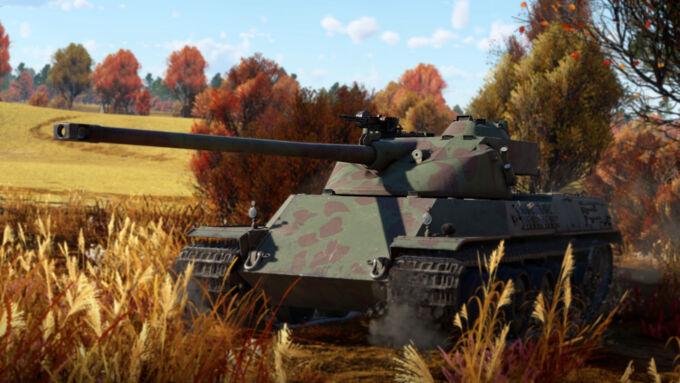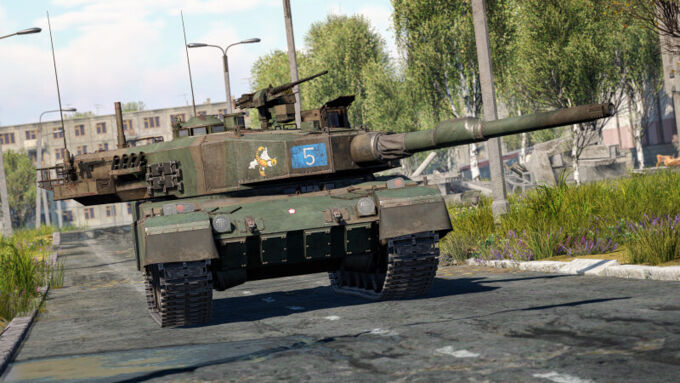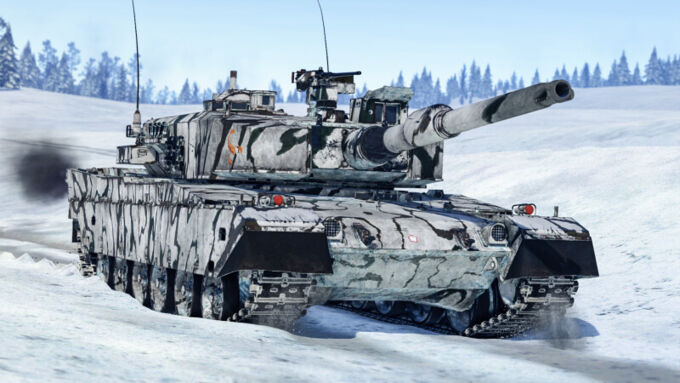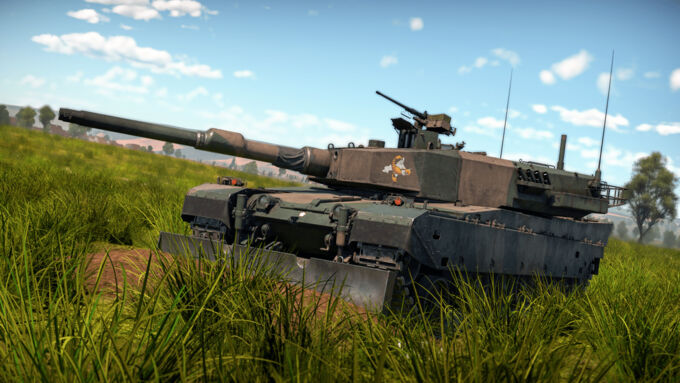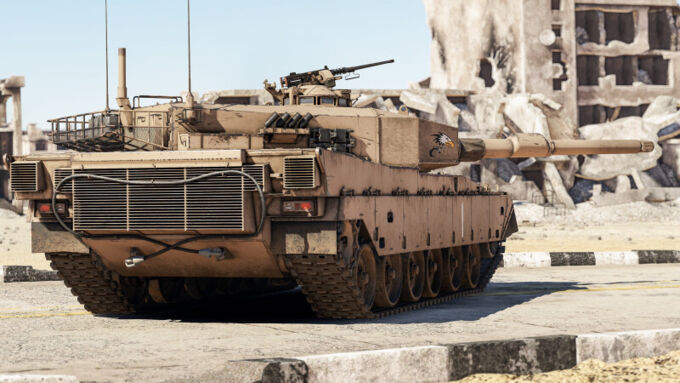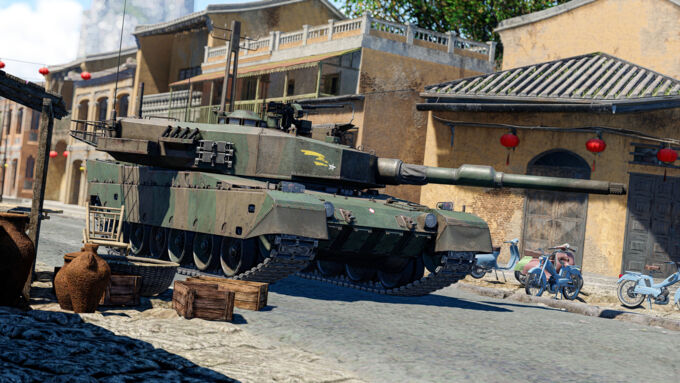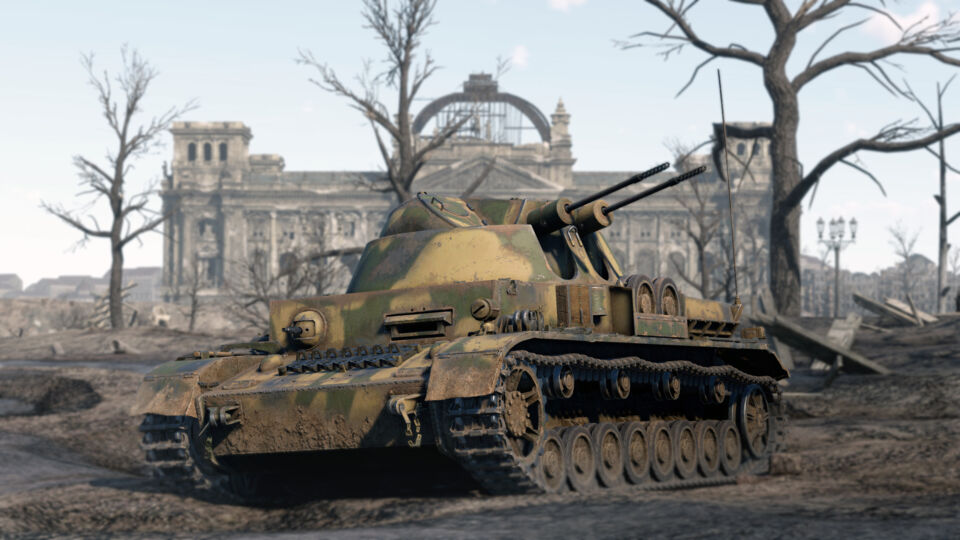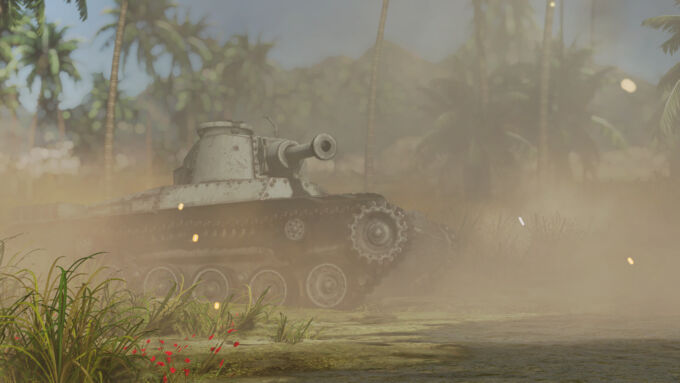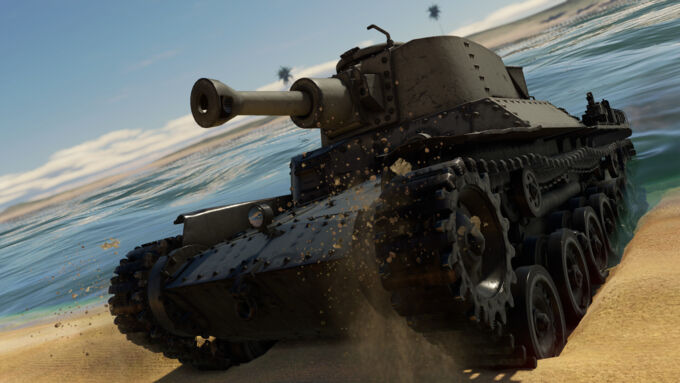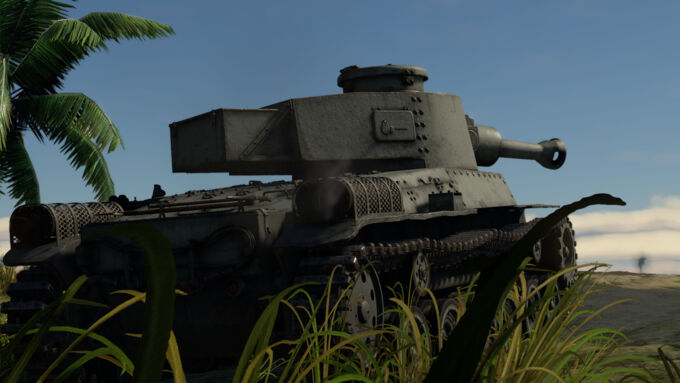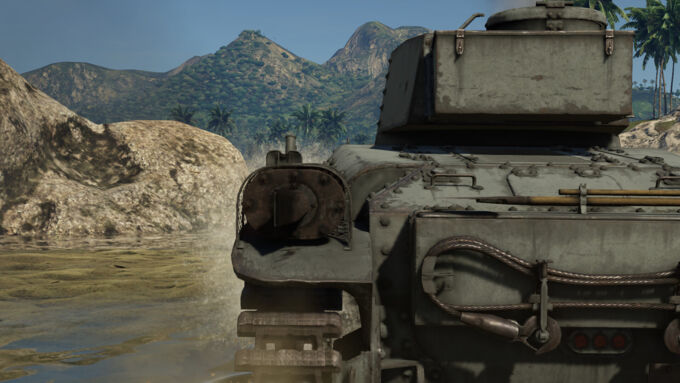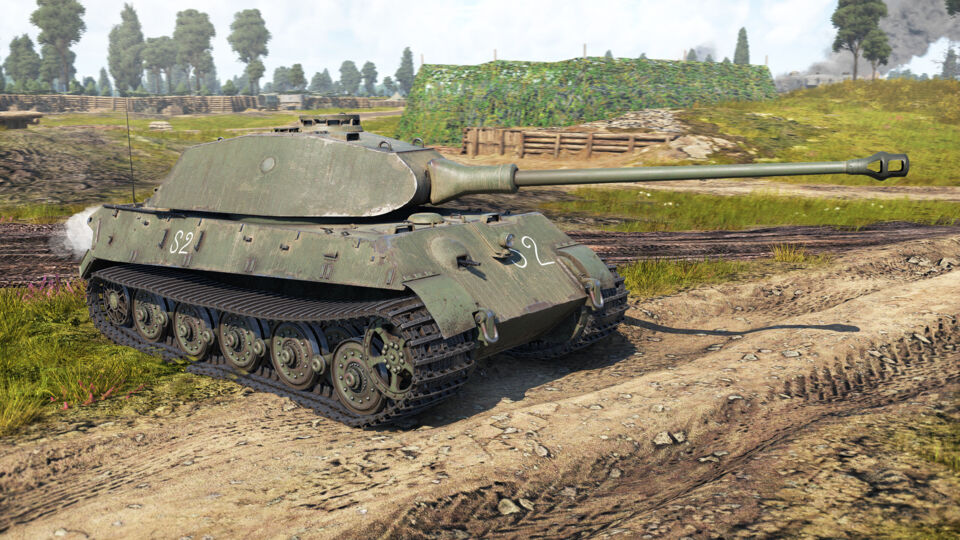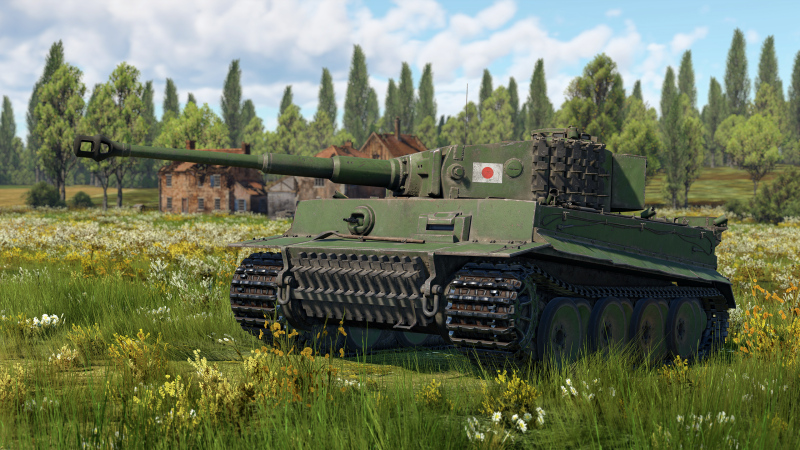Ground Vehicles
Among the many different iterations of the AMX-50 tank in the French line-up is the AMX-50 (TO90/930). The tank itself may not be very impressive on the surface, with subpar firepower and armor protection. However, inside the tank lays lots of potential as a matchmaker tearing apart streams of enemy tanks from the flanks, enabled by its high mobility and auto-loading cannon. Dive into the AMX-50 (TO90/930) for its quirks and tricks to make it dictate the tide of battle.
The Type 90 (90式戦車) is a third-generation main battle tank (MBT) developed by Mitsubishi Heavy Industries for the Japanese Ground Self-Defense Force (JGSDF). Introduced in 1990 to replace the ageing Type 61 and Type 74, it was designed to counter modern Soviet tanks like the T-72 and compete with Western MBTs such as the M1 Abrams and Leopard 2. Armed with a 120 mm L/44 smoothbore gun, it reflects the standard firepower of Gen 3 tanks. Though still in service, the Type 90 is being supplemented & gradually phased out in favour of the lighter yet more advanced Type 10, shifting as the Japanese Gen 3.5 MBT.
Germany's anti-aircraft solutions take on many forms based on the Panzer IV, with vehicles like Wirbelwind, Ostwind, Ostwind II, and Zerstörer 45 that mount a rapid-firing autocannon. However, all have the same issue of having an exposed turret compartment that allows aircraft to strafe and knock out critical components and people within the turret. Kugelblitz changes that equation by having a fully enclosed turret, allowing the vehicle to spray 30 mm at incoming aircraft confidently. Let's explore the Kugelblitz a bit more to see what makes this vehicle tick!
The Type 97 Chi-Ha Short Gun / Short 12cm SPG (短十二糎自走砲) is a later iteration of the Chi-Ha with a modified turret coming from the Chi-Ha Kai, boasting a Navy short gun (120 mm) meant to defend naval bases and merchant ships in a multipurpose role. The Navy's modification of the Chi-Ha was meant to mimic the role of the Army's Ho-I tank to support infantry as a gun tank during the defense of the homeland.
Soon after World War 2, the Soviet Union created the T-54 tank. It was such a successful project and set such a high bar that the machine stayed in production for decades. Designing a better replacement turned out to be a hard task. Soviet engineers spent ages trying to make a radically new vehicle. One of those attempts was a tank known as the Object 140.
The Swedish King Tiger is a unique vehicle in its history and for the Swedish tank tree. It is almost the only heavy tank in the entire tree (KV-1 being the other), and it retains all the strengths of the German tank: strong hull, powerful gun, and good maneuverability. But now its vulnerable turret ring along with overall weak turret protection can be disappointing. Read more about the Kungstiger in this article.
Japan purchased the Tiger E (Chassis No. 250455) under the advice of General Hiroshi Ōshima, the Japanese ambassador in Berlin. General Ōshima had visited the Eastern Front, where he saw the formidable Tiger tank. In May 1943, Japan made an offer to acquire either the blueprints or an actual model of the tank. The plan was to ship the tank to Japan by submarine, intending to strengthen Japanese tank forces and serve as valuable research material. However, the transfer was never completed due to the increasing dominance of Allied naval forces. As a result, the Tiger I was loaned "back" to the Germans and subsequently used in the 101st SS Heavy Panzer Battalion in Belgium.
The main arms dealers of the Cold War, the Warsaw Pact and the North Atlantic Treaty Organization, primarily designed armored vehicles to meet their own needs. Later, with the increasing demand from foreign customers and the ever-changing development of international science and technology, Chinese engineers had to rethink their approach to developing combat vehicles, leading to the emergence of a unique Chinese school of tank design. Eventually, many technologies developed for foreign customers found their way into vehicles equipped by the People’s Liberation Army as well.
It’s no coincidence that the Swedes named their latest IFV ‘Stridsfordon,’ meaning ‘combat vehicle.’ This sleek IFV can fight tanks, destroy aerial targets, survive in the toughest combat conditions and yes, it can also carry infantry. In War Thunder, Stridsfordon and CV90 series vehicles await players at high ranks of the Ground Forces tech tree—and just like their real-life counterparts, they are remarkably capable.
